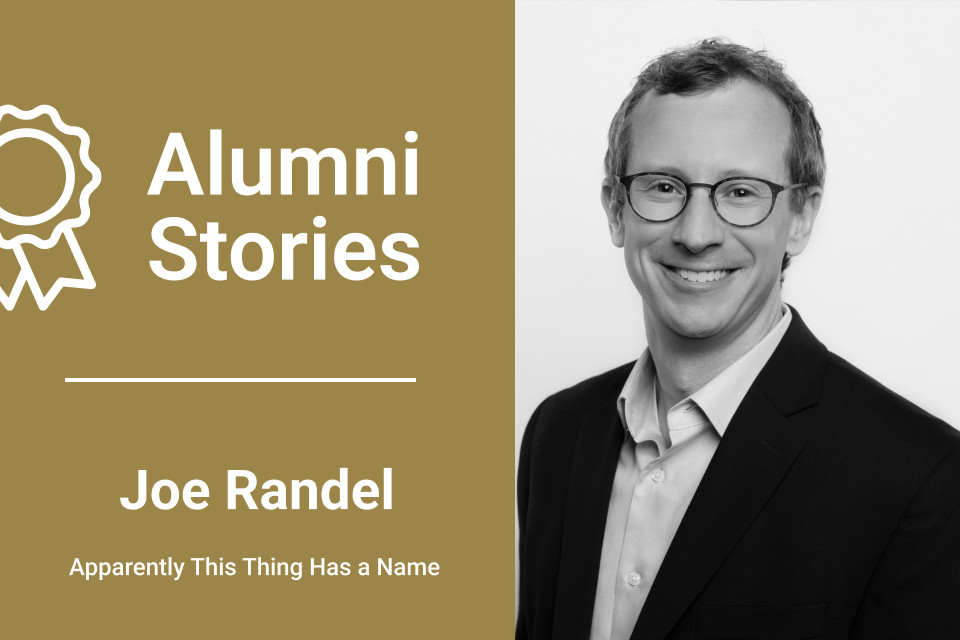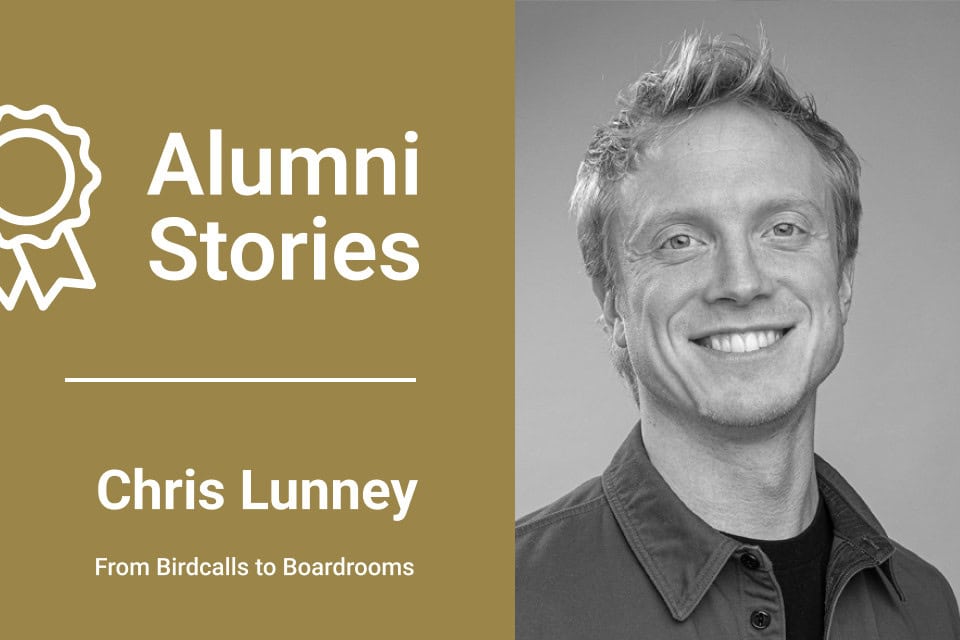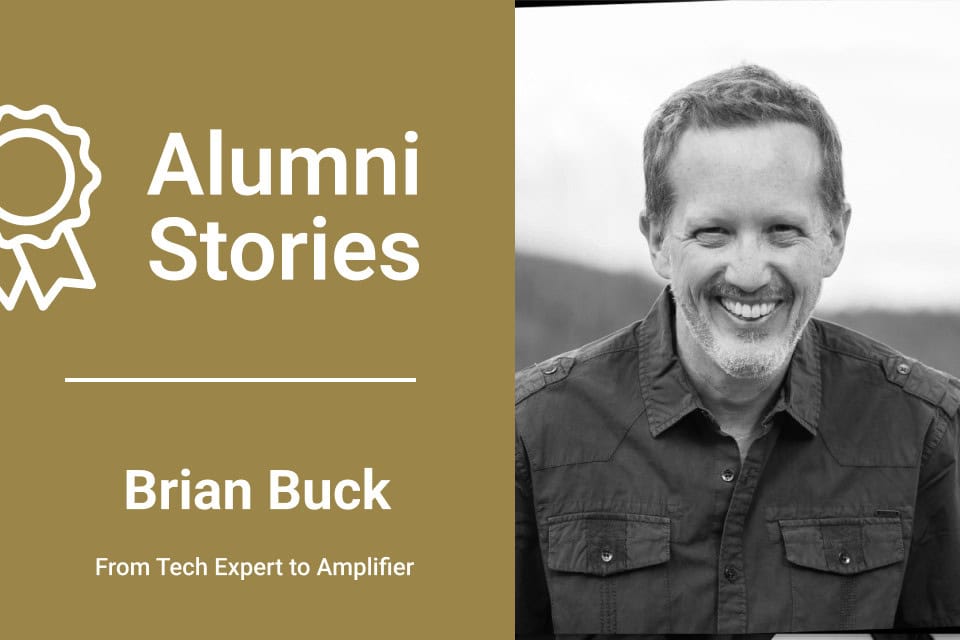How Facilitation Helped Me Name and Strengthen My Path
The Internet Was My First Gathering Place
I found the internet in the ‘90s, before most of my friends had even heard of it. Back then, mIRC was my portal out of a small town in New Brunswick, Canada, and into late-night chats with people across the United States, Europe, Australia, and South America.
The internet felt particularly experimental and generous at that time. A university professor once helped me with a high school physics problem simply because I asked. A stranger even sent me a free plane ticket to meet someone I’d connected with online. That person is now my partner of 27 years.
It wasn’t seamless or fast, but these early experiences with online connections reshaped how I understood geography and relationships. It sparked a quiet knowing that technology could shrink distance and make space for something deeply human.

Experimenting My Way into Strategy
Once I entered the workforce, no one really knew what to do with the internet, so I became the unofficial digital explorer. “Here’s the corporate website. Figure it out,” someone would say. And I did. That era gave me room to try, mess up, and try again. I moved between agency, government, and nonprofit projects before landing in travel.
That’s where the threads started to weave tighter. I managed digital programs, built intranets, maintained web forums, and designed marketing campaigns and virtual trainings long before those were common terms. I even created the first virtual social media marketing course for travel pros. But the tech was never the point. What lit me up was the way it nudged people closer. Across silos. Across time zones. Across the awkward starts.
Whether I helped older professionals learn digital skills or crafted pathways for quiet contributors to speak up, I was quietly engineering moments of momentum and ease. I just didn’t have a label for it yet.
Finding Language for the Work
My background was in communications and PR. Once tech entered the mix, I started looking through a different lens. What kind of experience am I shaping here? How does this interaction feel in someone’s body? What is this allowing that wasn’t possible before?
When I started my own business in 2011, clients would say, “I’ve made connections I never expected, and our approach feels so much more powerful than what others are telling me to do.” The pattern repeated so often, it became hard to ignore.
Most people think of facilitation as something formal or tied to events, like a brainstorm session, a retreat, or a post-it-filled workshop. But I realized I had already been facilitating in smaller, more integrated ways: noticing group dynamics, helping people move from uncertainty to alignment, designing conversations that made it easier to show up and contribute. Facilitation, to me, became less about a single role and more about how I create momentum and meaning in a space, especially inside organizations and communities navigating complexity.
But I didn’t call it facilitation. It simply felt like creating good conditions: shaping interactions, softening the hard edges of tech so people could show up more fully, and gently guiding participation to make people feel seen. It wasn’t until I found Voltage Control and its certification program that I realized this thing I’d been doing for years had a name. And even better, it had tools, people, and the language I’d been craving without realizing it.
At the time, I was feeling untethered. My partner had been laid off. I was recovering from a long illness. I wasn’t working much. But this opportunity landed in my periphery, and my gut kept nudging me to it. I applied, received a scholarship, and followed the quiet pull.
Recognizing My Place in the Room
The certification wasn’t just a course. It was a mirror. I walked in feeling like an outsider, scanning the Zoom grid and wondering if I belonged. Everyone seemed so confident, so sharp. I was nervous, but I wanted to learn. So I stayed.
One of the most meaningful parts was meeting Laura Pasternak from MarketPoint, my partner in month one. We clicked immediately and still speak regularly. She saw what I was working toward before I could name it and gently reflected it. She helped me recognize things I hadn’t fully seen in myself and reminded me I didn’t have to figure it all out alone.
And then came the portfolio. I wasn’t sure I had enough to show. But once I started going through my past work, I saw how much I’d done and who it had reached. I looked back at the communities I’d supported: social workers advocating for better mental health access, seniors using art for wellbeing, women building confidence around money, women navigating grief, and entrepreneurs funding innovation for good. I realized this work had been building for years. The portfolio didn’t just document that. It helped me finally see it.

Turning Intuition Into Practice
What the program gave me, more than anything, was vocabulary and structure. I finally understood the difference between divergent and convergent thinking. I saw that I was strong in the divergent phase, especially when it came to exploring and generating ideas. But convergence was where I needed tools.
Once I had that language, I started to see what was and wasn’t working in my client engagements. I started experimenting. I tried new exercises, frameworks, and ways of structuring sessions. It felt like picking up a new set of paintbrushes. The first few tries were rough, but I could feel things starting to take shape.
Then the right work started to land. Within a few weeks, I signed several new clients, including two large member-based organizations. This was exactly the kind of work I’d been hoping for. I made half my annual income in just two weeks. More importantly, I got to apply everything I’d just learned in real time, with people who were ready to dig in.
Halfway through a recent session, a participant paused and said, “It’s been such a valuable experience to be shepherded through this conversation. It helped me see things differently and recognize where we can make different choices to create a more meaningful impact.” I learned later she’d been one of the most hesitant to attend.
That moment made it clear I wasn’t just leading sessions. I was helping people feel safe enough to show up fully. It was a reminder that small shifts in how we gather can open the door to real change.
Getting Clear on Where I Belong
Working on my portfolio and with Laura helped me see what was already in front of me. Member-based organizations had been part of my client mix for a while, but I hadn’t named them as a focus. They gave me the strongest feedback, the clearest outcomes, and the kind of challenges I wanted to solve.
That realization helped me shift my focus. I still work with small teams, but more of my energy now goes toward facilitation-rich engagements with member organizations.
That might look like co-designing a member experience roadmap, facilitating discovery workshops to understand what people want, or supporting internal teams as they define what engagement and belonging should look like moving forward. In many cases, I’m helping member-based organizations move from assumptions to insights, and from insight to action. It’s not just about creating one good gathering or platform. It’s about designing a whole system that encourages trust, relevance, and participation.
And I’ve started naming the thing I do correctly. I’m a facilitator. It’s not just how I work. It’s how I think.
How I Talk About My Work Has Changed
Lately, I’ve been getting more specific about how I talk about my work. I’m building on what I’ve always done, now with language and tools that help me do it more effectively. After each session, I pause to reflect on what worked and what could shift for next time.
I’m learning how to design sessions that feel grounded and collaborative, not performative. The clients I’m working with now are often mission-driven and values-aligned, and the conversations we’re having feel more relevant and focused. Best of all, I get to help them reconnect with their communities in new, genuine, and valuable ways.
I help these organizations step back and see the full picture, from the member experience to the internal processes that support it. Sometimes that means mapping the journey a member takes, clarifying what belonging looks like, or facilitating cross-functional sessions to align the team around shared priorities. Other times, it’s about identifying simple, strategic shifts that make the community feel more alive and intentional. At the core of it all, I help them design a human-first experience that feels more meaningful, but also drives stronger engagement and sustainable membership growth.
Helping Teams Design More Human Experiences
Much of my work centers around three key areas. I support membership experience and engagement by helping teams develop new ways to activate participation and increase member satisfaction. I focus on membership value by shaping offers that feel relevant and worth showing up for. And I design and lead listening efforts like focus groups, interviews, and co-creation sessions to uncover member needs, test ideas, and guide smarter decisions.
This work isn’t just about improving programs or running online forums. It’s about helping organizations reconnect with the people they serve, realign around what matters, and create experiences that feel thoughtful, relevant, and genuinely worth being part of. When teams take the time to listen, reflect, and realign, engagement feels more natural, decisions come with more confidence, and members begin to recognize themselves in the experience.
This clarity didn’t come from starting over. It came from finally seeing the shape of the work I’d been doing all along.
An Invitation to See Your Work Differently
If you’re considering the facilitation certification, let yourself follow the nudge. It might stretch parts of you that you didn’t expect. But stretch is where evolution lives. The program isn’t just a toolkit. It’s a mirror and a reset. A reintroduction to work that may already feel familiar.
And if you’re wondering whether you’re already a facilitator, you probably are. You don’t need to start from scratch. You just need to recognize what’s already there and keep building from it.
Sophie Bujold is a facilitator and community strategist who helps membership-based organizations design more human, connected experiences. She works with teams to uncover what their members truly need, rethink how participation happens, and design programs that spark connection and momentum. You can learn more at cliqueworthy.com.


